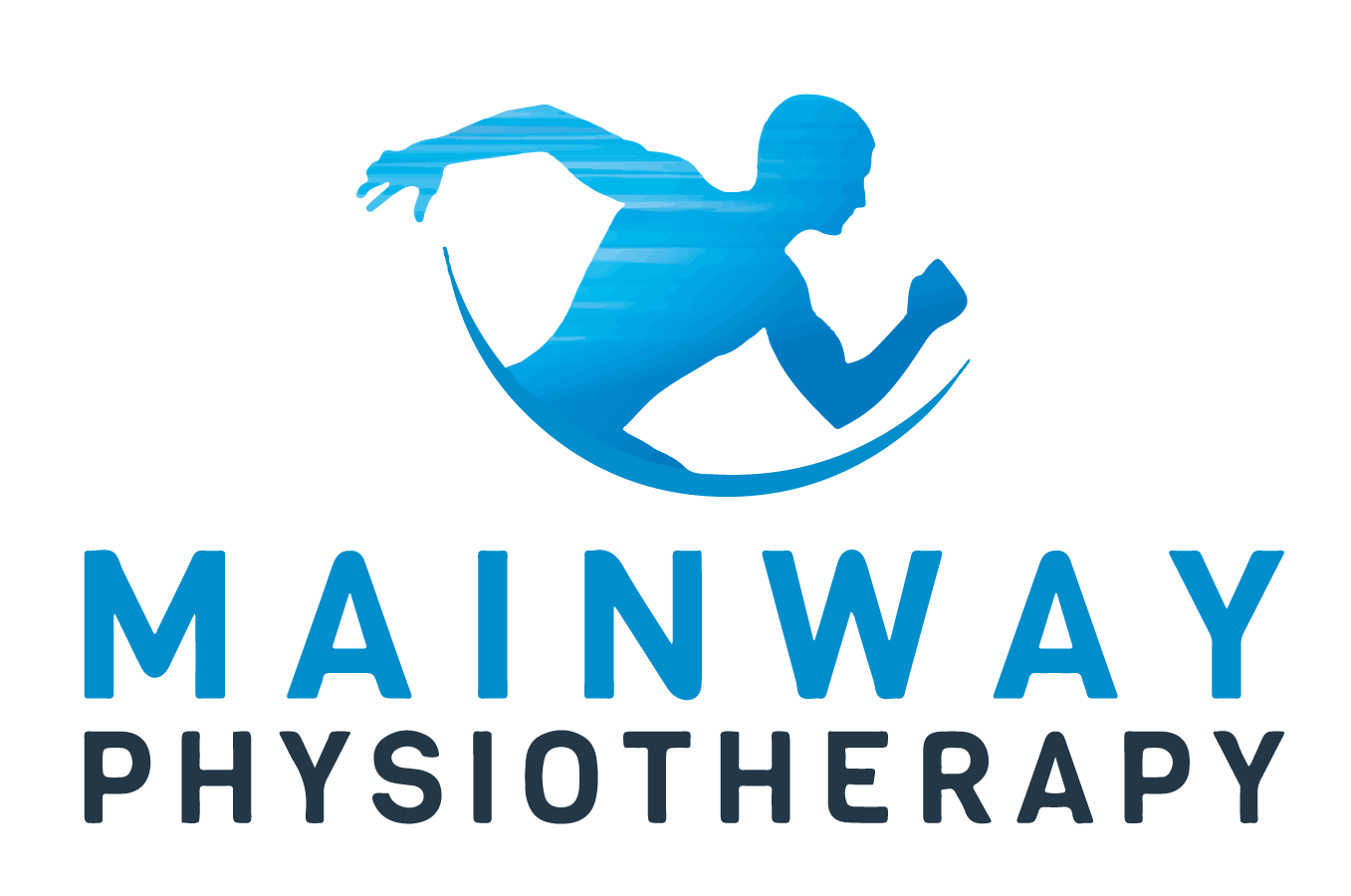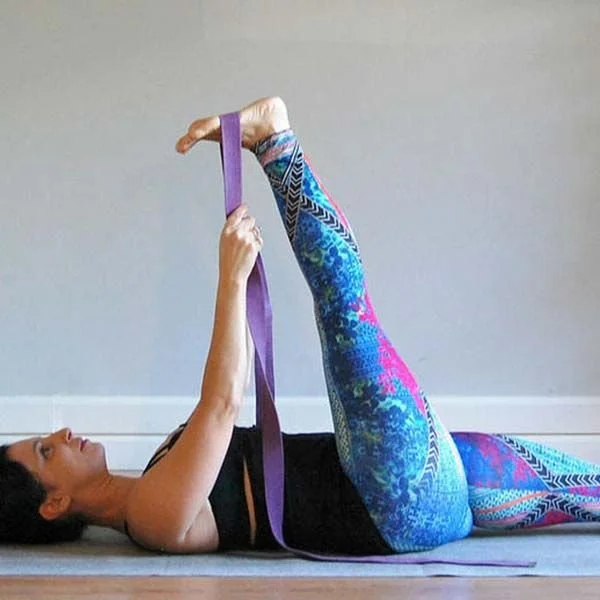How Can We Prevent Back Pain and Improve Mobility?
Our Physiotherapists want to help you get back to your active, pain-free lifestyle!
The Mainway Physiotherapy team is well-educated and well-versed in the physiotherapy field. Our experienced team treats injuries and other chronic pain conditions such as back pain.
The goals of physical therapy are to decrease back pain, increase function, and teach the patient a maintenance program to prevent future back problems.
Standing, sitting, or lying down in one place for long periods of time isn’t good for your back. Relieve the stress on your back by getting up, walking around, and doing some simple stretches whenever you can, especially when you sit working; try to move at least once an hour. This will help improve circulation and ease any strains or pain due to inactivity.
Proper stretching of the muscles along with active exercise will help maintain a normal range of motion and provide relief for muscles that are often suffering disuse atrophy (shrinking muscles from lack of use) or spasms from inappropriate posture or nerve irritation. For many patients, it is best to follow a stretching routine that has been individually designed for them by a physical therapist. As a general rule, low back pain patients should focus on stretching the lower back muscles, abdominal muscles, hips, and legs, and all stretches should be slow and gradual.
Here are a few stretches with Andrew Hoermann, Physiotherapist
Stretching for your glutes to reduce tension in your back.
Stretching for your glutes
Stretch for hip muscles or flexors the muscle in the front of the hip to reduce back pain.
Stretching for hip muscles
Stretching the back of the legs or the hamstrings
Stretching hamstrings
Some additional daily habits for relieving back pain
Sleeping Tip - Sleeping on your back puts pressure on your spine. You can cut that pressure in half by placing a pillow under your knees.
Increase your intake of calcium and vitamin D - Strong bones can help prevent osteoporosis. It’s a common cause of back pain as we age, particularly for women. Consuming plenty of calcium and vitamin D.
Calcium is found in:
milk
yogurt
leafy greens
vitamin supplements
Vitamin D is found in:
fatty fish
egg yolks
beef liver
cheese
Posture
Bad posture puts strain and stress on your back. Avoid rounding your shoulders, slouching, or bending sideways when standing. Good posture protects the intricate pieces of your spine to keep them healthy and functioning properly.
Shoes
Wear comfortable, low-heeled shoes to prevent back pain. They reduce the strain on your back while standing. Shoes with less than a 1-inch heel are the best bet for your back.
Other Resources:
See our knowledgeable staff if your physical movement is impaired and affecting your daily lifestyle. We can help reduce your pain, improve mobility, and return you to enjoying the daily activities you've always loved.


